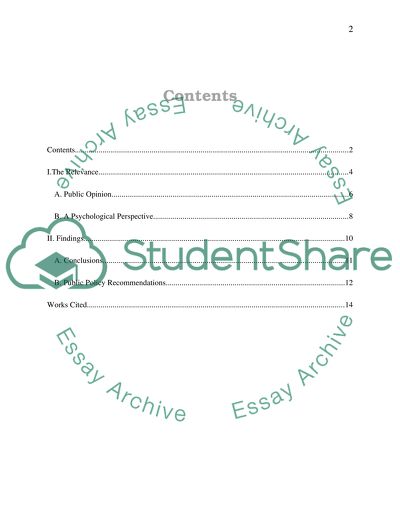Cite this document
(The Causative Utility of Restrictions on Youth Alcohol Consumption: An Research Paper, n.d.)
The Causative Utility of Restrictions on Youth Alcohol Consumption: An Research Paper. Retrieved from https://studentshare.org/social-science/1549307-will-lowering-the-legal-drinking-age-to-18-have-a-positive-or-negative-impact-could-narrow-it-to-binge-drinking-by-college-students
The Causative Utility of Restrictions on Youth Alcohol Consumption: An Research Paper. Retrieved from https://studentshare.org/social-science/1549307-will-lowering-the-legal-drinking-age-to-18-have-a-positive-or-negative-impact-could-narrow-it-to-binge-drinking-by-college-students
(The Causative Utility of Restrictions on Youth Alcohol Consumption: An Research Paper)
The Causative Utility of Restrictions on Youth Alcohol Consumption: An Research Paper. https://studentshare.org/social-science/1549307-will-lowering-the-legal-drinking-age-to-18-have-a-positive-or-negative-impact-could-narrow-it-to-binge-drinking-by-college-students.
The Causative Utility of Restrictions on Youth Alcohol Consumption: An Research Paper. https://studentshare.org/social-science/1549307-will-lowering-the-legal-drinking-age-to-18-have-a-positive-or-negative-impact-could-narrow-it-to-binge-drinking-by-college-students.
“The Causative Utility of Restrictions on Youth Alcohol Consumption: An Research Paper”, n.d. https://studentshare.org/social-science/1549307-will-lowering-the-legal-drinking-age-to-18-have-a-positive-or-negative-impact-could-narrow-it-to-binge-drinking-by-college-students.


